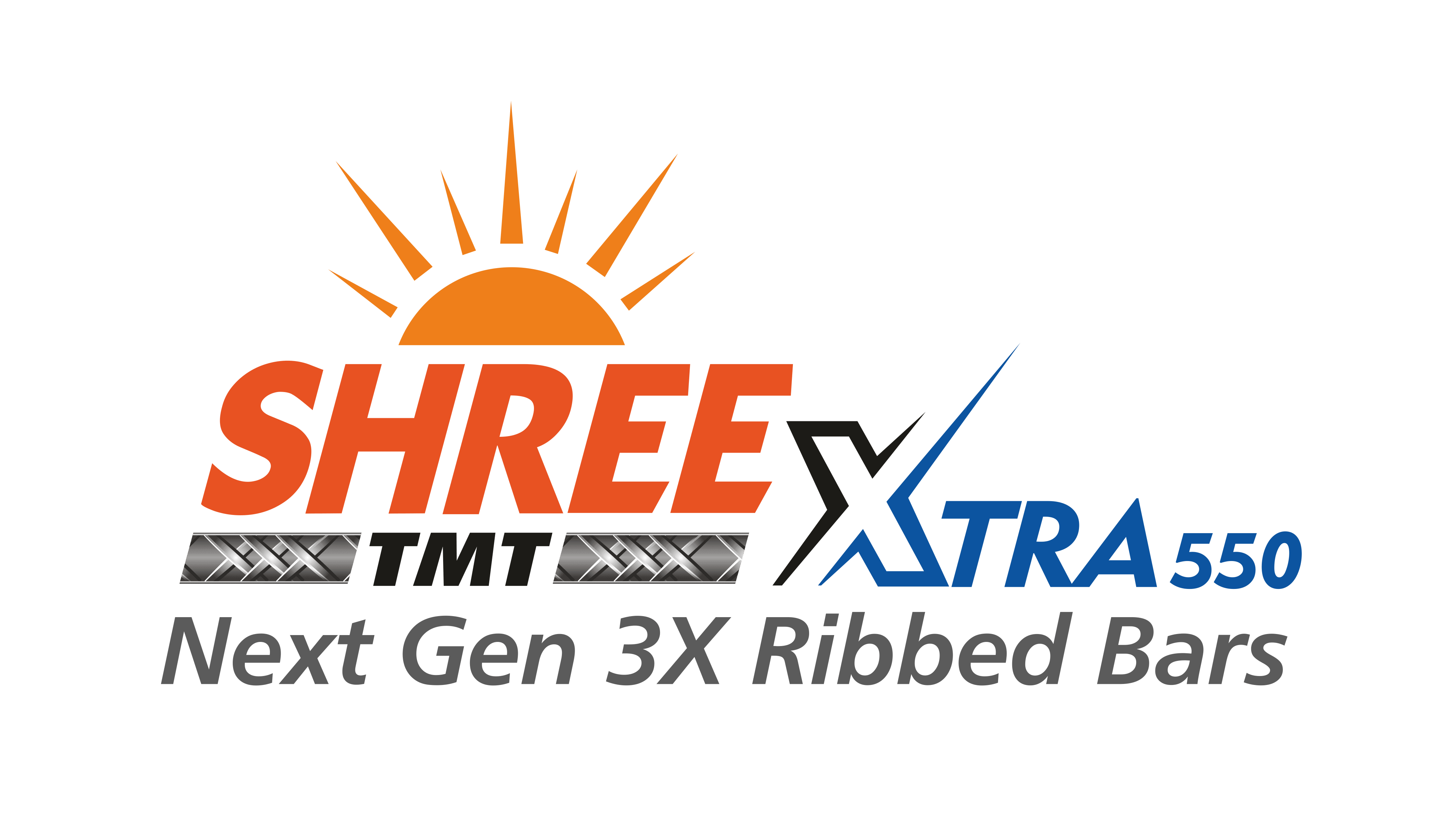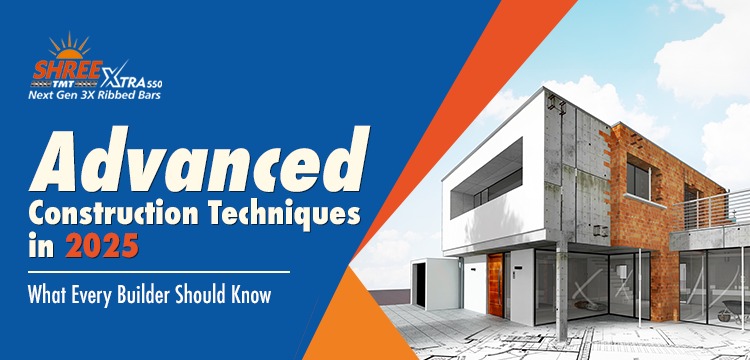Advanced Construction Techniques in 2025: What Every Builder Should Know
The construction industry is experiencing a revolutionary transformation in 2025, with innovative technologies and sustainable practices reshaping how we build. As the global construction market heads toward an unprecedented $15.5 trillion growth by 2030, staying ahead of these advancements isn’t just an advantage—it’s essential for survival in this competitive landscape.
The Evolution of TMT Bars in Modern Construction
At the heart of modern construction lies the revolutionary TMT (Thermo-Mechanically Treated) bar technology. These high-strength reinforcement bars have become instrumental in creating stronger, more durable structures. What sets contemporary TMT bar production apart is its significant environmental impact through scrap steel recycling. The steel industry has emerged as a pioneer in waste reduction by actively promoting the reuse of ferrous scrap, transforming urban waste management while ensuring structural integrity.
This sustainable approach to steel production not only reduces environmental impact but also ensures superior quality in construction materials. Modern TMT bars offer enhanced strength, ductility, and earthquake resistance—crucial factors in today’s construction landscape.
Revolutionary 3D Printing in Construction
Construction 3D printing has evolved from an experimental technology to a mainstream building method. Large-scale concrete printers now construct basic house structures in mere days, reducing labor costs by up to 60% and minimizing material waste. These printers excel in creating complex geometrical designs that would be challenging and expensive using traditional methods.
The real game-changer is the introduction of multi-material 3D printing systems, allowing simultaneous printing of structural elements and insulation layers. This integration dramatically improves building efficiency and reduces construction time by eliminating multiple separate processes.
Drone Technology and Real-Time Monitoring
In 2025, drone technology has become an indispensable tool in construction management. Advanced drones equipped with AI and machine learning capabilities provide real-time aerial imagery, 3D LiDAR scans, and thermal imaging. This technology enables project managers to:
- Monitor construction progress with unprecedented accuracy
- Conduct safety inspections in hard-to-reach areas
- Create detailed topographical surveys
- Track material inventory and placement
- Identify potential issues before they become problems
Modular Construction and Smart Integration
Modular construction has reached new heights with automated factory production lines. Buildings are now assembled in controlled environments, with precision-engineered components that snap together on-site like sophisticated building blocks. This approach has slashed project timelines by up to 50% compared to traditional construction methods.
The latest modular systems feature built-in smart home technology, pre-installed utilities, and standardized connection points, making on-site assembly faster and more reliable. Quality control has improved significantly, with each module undergoing rigorous testing before leaving the factory.
Sustainable Building Materials and Practices
The push for sustainability has led to remarkable innovations in building materials. Self-healing concrete, which uses bacteria to repair cracks automatically, is becoming increasingly common in foundation work. The integration of high-quality TMT bars with these advanced materials creates structures that are not only environmentally conscious but also exceptionally durable.
Carbon-negative materials, such as engineered wood products and recycled steel, are now standard in eco-conscious construction. These materials not only reduce environmental impact but often offer superior performance characteristics.
Smart Construction Technologies and Market Growth
The construction technology market is witnessing unprecedented growth, with an $8 trillion expansion projected by 2030. This growth is driven by the integration of:
- Building Information Modeling (BIM)
- Internet of Things (IoT) sensors
- Artificial Intelligence systems
- Advanced material science
- Automated construction equipment
China, the United States, and India are leading this technological revolution, with construction output expected to rise by 85%. This growth is fundamentally linked to technology-driven innovation and sustainability efforts.
Looking Ahead
As we progress through 2025, these advanced construction techniques, combined with sustainable material choices like modern TMT bars, are becoming increasingly accessible and cost-effective. For builders looking to maintain a competitive edge, embracing these innovations isn’t optional—it’s essential. The future of construction lies in the successful integration of these technologies with traditional building expertise, creating structures that are not only more efficient to build but also more sustainable and future-ready.
Remember, staying ahead in the construction industry means continuously learning and adapting to new technologies while maintaining the fundamental principles of quality craftsmanship that have always defined excellent building practices.

